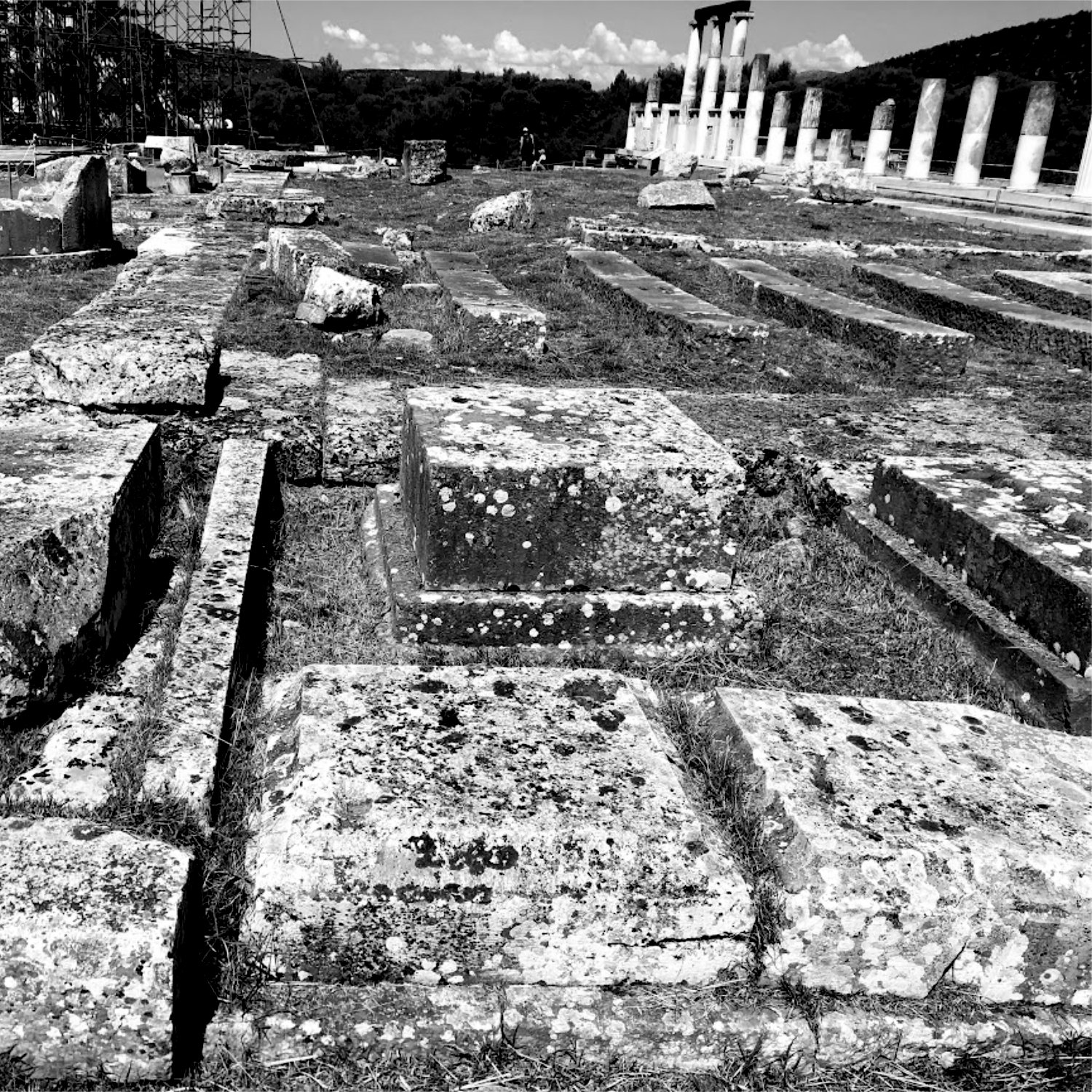
About
Hosts Edward Dupuy and Gene Beyt are on a journey to draw out human stories in the hope that in their telling, artists will offer a new story of our shared humanity.
About these guys…
Edward Dupuy received his doctorate in English from Louisiana State University, is published as a literary reviewer, critic, and sometimes poet, and is the author of Autobiography in Walker Percy: Repetition, Recovery, and Redemption, and Recollections on a Road Between: A Story of My Life. He has held various executive positions at several colleges, including two schools of art.
Gene Beyt is a student of art-based discovery and healing after trauma, putting human needs and wellbeing at the center of all that we do. Gene has been a fine art photographer for 50 years. His current work makes use of the camera as an instrument of discovery. As a traveler in a strange land, he searches for understanding and enlightenment.
Many thanks to Chris Beyt, guitarist, bassist, composer, educator, recording engineer, and our music consultant. Chris completed his Doctorate of Musical Arts in Jazz Performance at the University of Illinois at Urbana-Champaign, and is the Associate Professor of Jazz Guitar and the Recording Arts at Western Carolina University. His latest recording is New Roots on ears&eyes Records. His discography can be found here.
About our studio…
About 20 years ago, Gene and Edward began a project that was eventually published as The Quotidian. That project could be described a dialogue of poems and photographs, an attempt to recover in the everyday what is often overlooked or unseen.
Studio Aesculapius is a natural evolution and extension of the dialogue begun in The Quotidian. In the introduction of that earlier project, Jay Tolson, editor of The Hedgehog Review, writes:
"Such relationships between poem and picture establish themselves throughout this volume, sometimes obviously, sometimes cryptically. The reader/viewer may even forge connections that Dupuy and Beyt never saw or intended, or he may go away from some pairings completely baffled. The discoveries and the bafflements are equally provocative. And they are instrumental to Dupuy and Beyt’s larger goal of defamiliarizing the ordinary in order to make it visible and new—and indeed to bring it to life. This is what might properly be called sacramental art, and the collaborators’ mentor in its practice, Walker Percy (whose influence is directly acknowledged in many places throughout the volume), almost certainly would have approved. The poet and the photographer remind us, again and again, of all that we miss in our quotidian lives."
Introduction to The Quotidian. Jay Tolson, Editor of The Hedgehog Review, Advanced Studies in Culture at the University of Virginia, and author of Pilgrim in the Ruins: A Life of Walker Percy
About our name…
Why Studio Aesculapius? It is quite simple.
The name Studio Aesculapius is curated from the concept of studio, the artist's place of work and study (derived from the Latin studium, to study), and from mythology the name Aesculapius (Greek Asklepius) representing the healing arts.
Aesculapius was a hero and god of medicine in ancient Greek and Roman mythology. He was known as a kind and gentle healer, relieving humans of their pain and suffering. The remains of his temple are visible today, as shown here.
His daughters were Hygieia, the goddess of cleanliness, Iaso, the goddess of recuperation from illness, Aceso, the goddess of the healing process, Aegle, the goddess of good health, and Panacea, the goddess of universal remedy.
The rod of Aesculapius, a snake-entwined staff, remains a symbol of medicine today.




